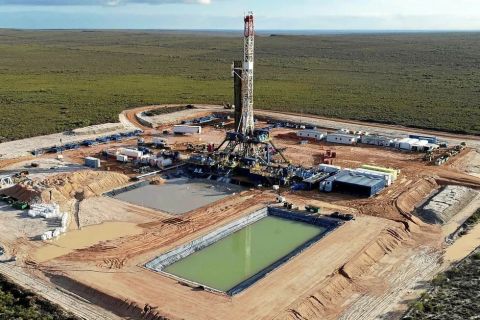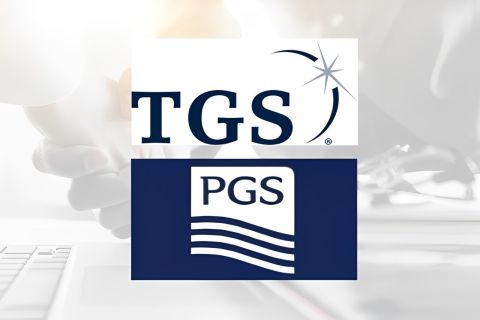The global oil and gas industry is being challenged today perhaps like never before. Low oil prices, which first appeared to be a short-term inconvenience, now seem to be going even lower and might be around for much longer than we’d like. In the meantime, the industry still has very real financial performance expectations along with new—maybe extraordinary—regulations pending in the U.S.
Now more than ever the industry is required to perform better. So what can be done better right now to improve performance? In a word—planning.
Why planning? At its most fundamental level, the oil and gas industry drills holes in the earth, and the earth’s strata and weather are not entirely predictable. It’s this uncertainty that surrounds drilling, along with the nature of humans to constantly adapt to what’s going on, that tend to trickle down throughout the supply chain. The result is an industry that is exceptional at reacting and creating innovative solutions for immediate problems. Where the industry sometimes falls short is planning for and applying solutions to prevent future problems.
Planning starts with business case
How many projects are you working on right now where you really know the business case? What’s the project going to cost, and what’s the expected return on investment? What’s the payback period? What value is being created? Who are the key stakeholders? What are the risks?
The business case must be known at various levels of detail throughout the organization, not just with management. It has to be communicated in a way that is relevant to stakeholders in their terms. They need to understand their role and how they can contribute to the project’s success.
Planning requires a commitment to overhead and the resources required to ensure success.
The most successful projects that LinRich Solutions has been involved with had at least 30% of overall project time devoted to planning and risk management activities.
Imagine working on a 12-month project that starts with four months of solid planning. Managers who make this resource commitment can confidently prove the overall cost and time savings.
Many organizations in the industry “go through the motions” of planning and then succumb to the urge to “get going” or to “trim the fat.” So they fail to work to solid business cases, breakdown structures, costed schedules andrisk registers, and then they wonder why they’re late and over budget and why their customers are angry.
Planning means identifying meaningful metrics
Many times project teams can look back on a failed project and see the warning signs that weren’t properly acted upon. Maybe there was no sense of urgency. Maybe the means to measure status were not used or didn’t even exist. On many projects, the team might think that they’re making money or that they’re on budget. But in the end, when it comes time to tally up the score, there is no profit.
Planning means having team of good partners
Do you have willing, helpful and committed partners? Do they believe in constructive, task-oriented conflict? Do they willingly share in both the risks and rewards? Are they committed to succeed, and are they working to metrics that are measured in their terms? Do you know how your project affects their cash flow?
We’ve never been involved with a successful project or profit and loss where the client thought that there was too much planning. As low oil and gas prices continue and companies seek ways to cut costs, we’re firmly convinced that the way to improve performance is to insist upon better planning.
Recommended Reading
Brett: Oil M&A Outlook is Strong, Even With Bifurcation in Valuations
2024-04-18 - Valuations across major basins are experiencing a very divergent bifurcation as value rushes back toward high-quality undeveloped properties.
Marketed: BKV Chelsea 214 Well Package in Marcellus Shale
2024-04-18 - BKV Chelsea has retained EnergyNet for the sale of a 214 non-operated well package in Bradford, Lycoming, Sullivan, Susquehanna, Tioga and Wyoming counties, Pennsylvania.
Triangle Energy, JV Set to Drill in North Perth Basin
2024-04-18 - The Booth-1 prospect is planned to be the first well in the joint venture’s —Triangle Energy, Strike Energy and New Zealand Oil and Gas — upcoming drilling campaign.
PGS, TGS Merger Clears Norwegian Authorities, UK Still Reviewing
2024-04-17 - Energy data companies PGS and TGS said their merger has received approval by Norwegian authorities and remains under review by the U.K. Competition Market Authority.
Energy Systems Group, PacificWest Solutions to Merge
2024-04-17 - Energy Systems Group and PacificWest Solutions are expanding their infrastructure and energy services offerings with the merger of the two companies.




